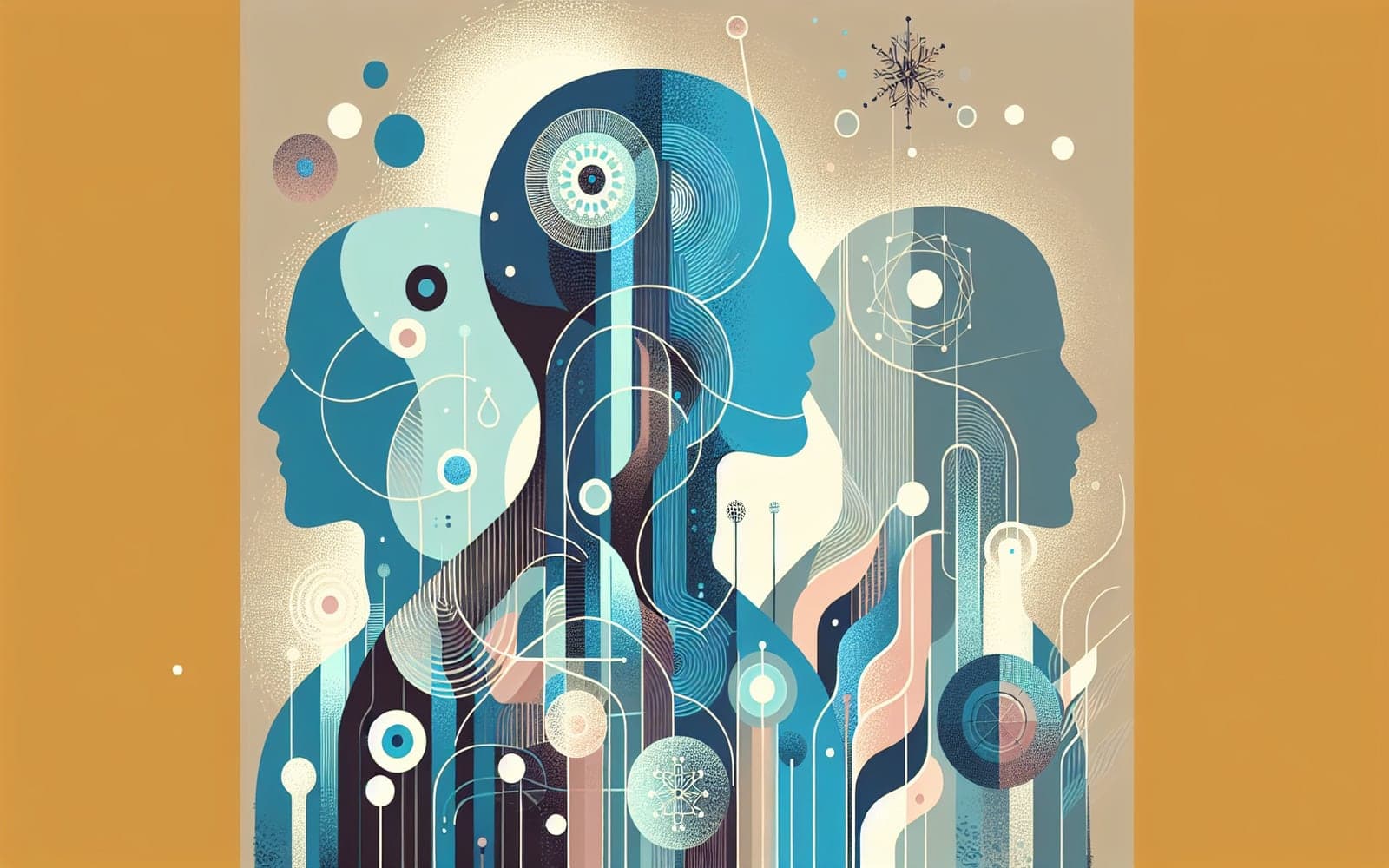Conquering the Cold: Innovative Treatments for Raynaud's Phenomenon
Conquering the Cold: Innovative Treatments for Raynaud's Phenomenon
Hope on the Horizon
While there's no cure for Raynaud's phenomenon, new treatments are emerging to help manage symptoms and improve quality of life. What cutting-edge therapies are researchers exploring to combat this chilling condition?
Contents
- Targeting Alpha Receptors
- Boosting Nitric Oxide
- Gene Therapy on the Horizon
Targeting Alpha Receptors
Recent research has focused on the role of alpha-2 adrenergic receptors in Raynaud's. These receptors cause blood vessels to constrict when exposed to cold. New medications that selectively block these receptors are showing promise in clinical trials, potentially offering more targeted relief with fewer side effects than current treatments.
Boosting Nitric Oxide
Nitric oxide helps blood vessels dilate and improves blood flow. Researchers are exploring ways to increase nitric oxide levels in people with Raynaud's. This includes medications that enhance nitric oxide production and novel delivery methods, like patches or creams, to apply nitric oxide directly to affected areas.

Gene Therapy on the Horizon
As we learn more about the genetic factors involved in Raynaud's, gene therapy becomes a potential future treatment. Early studies are investigating ways to modify the expression of genes related to blood vessel constriction. While still in early stages, this approach could offer a long-term solution for some Raynaud's sufferers.
FAQs
Are there any new surgical treatments?
Botox injections and nerve surgeries show promise in severe cases.
Can stem cell therapy help Raynaud's?
Early research is exploring its potential for vascular regeneration.
What about alternative therapies?
Acupuncture and biofeedback are being studied with mixed results.
A Warmer Future
While we're still searching for a cure, these emerging treatments offer hope for better symptom management and improved quality of life for people with Raynaud's.
Additional References
- Curtiss P, et al. Part I: Epidemiology, pathophysiology, and clinical considerations of primary and secondary Raynaud's phenomenon. J Am Acad Dermatol 2024; 90:223.
- Flavahan NA. A vascular mechanistic approach to understanding Raynaud phenomenon. Nat Rev Rheumatol 2015; 11:146.
This article has been reviewed for accuracy by one of the licensed medical doctors working for Doctronic.











